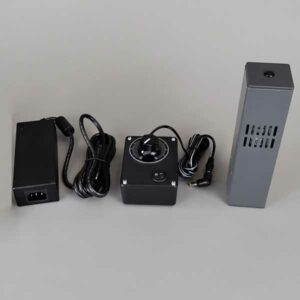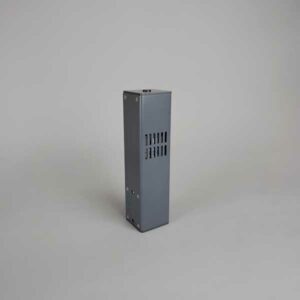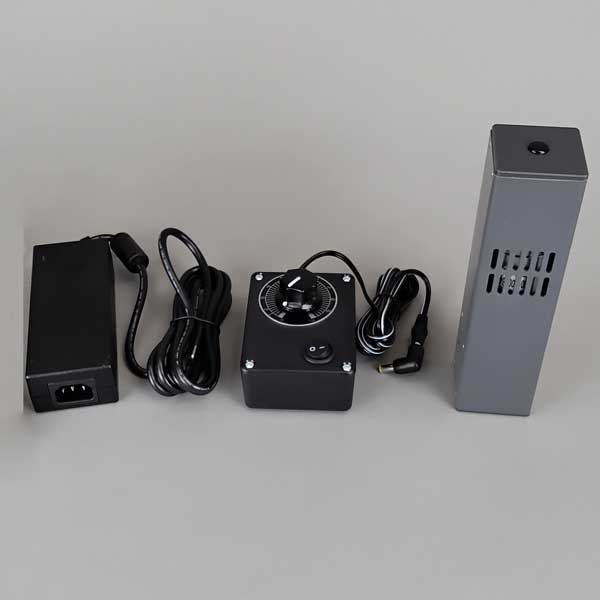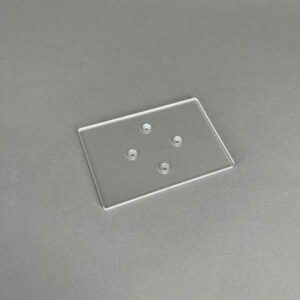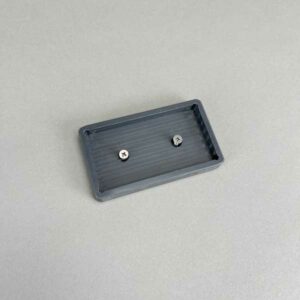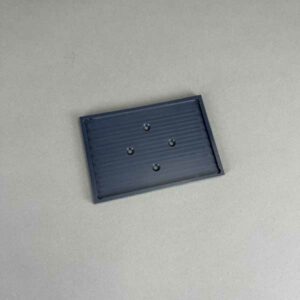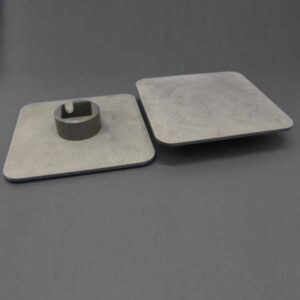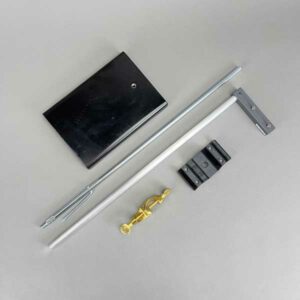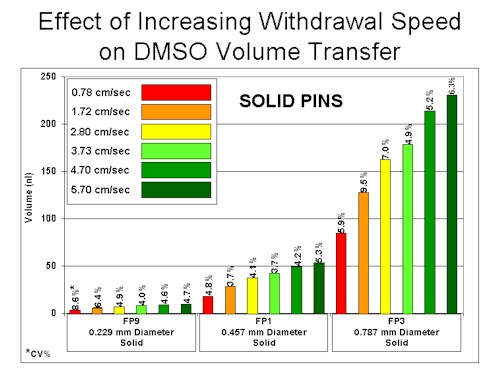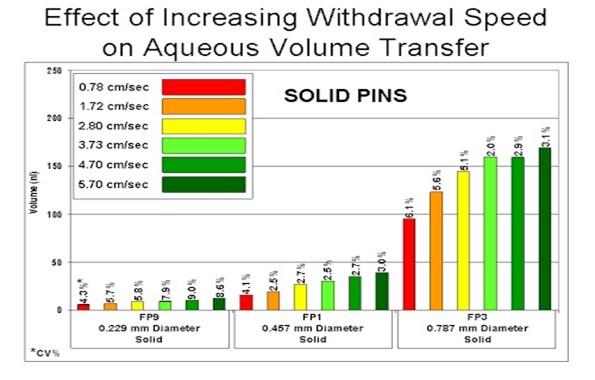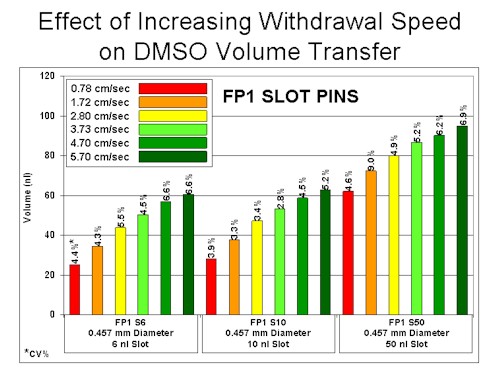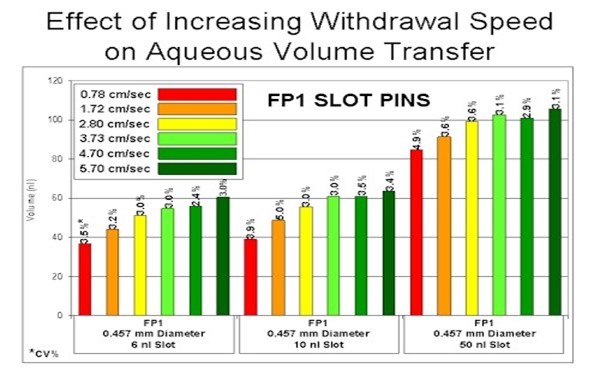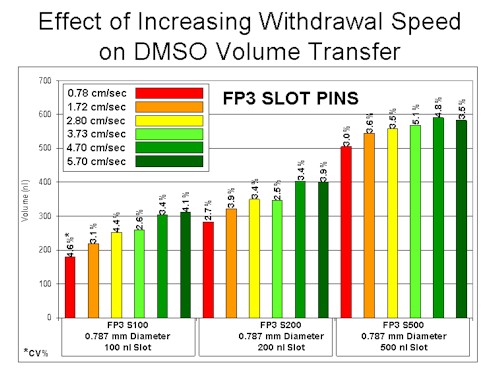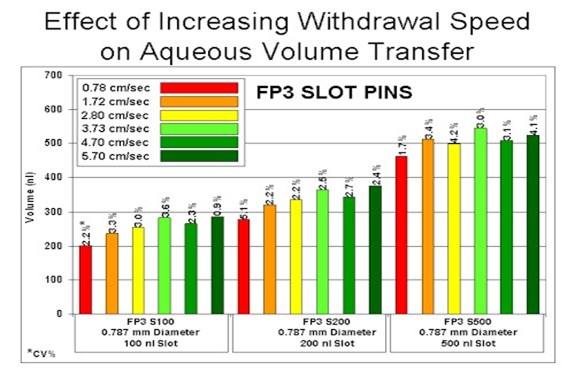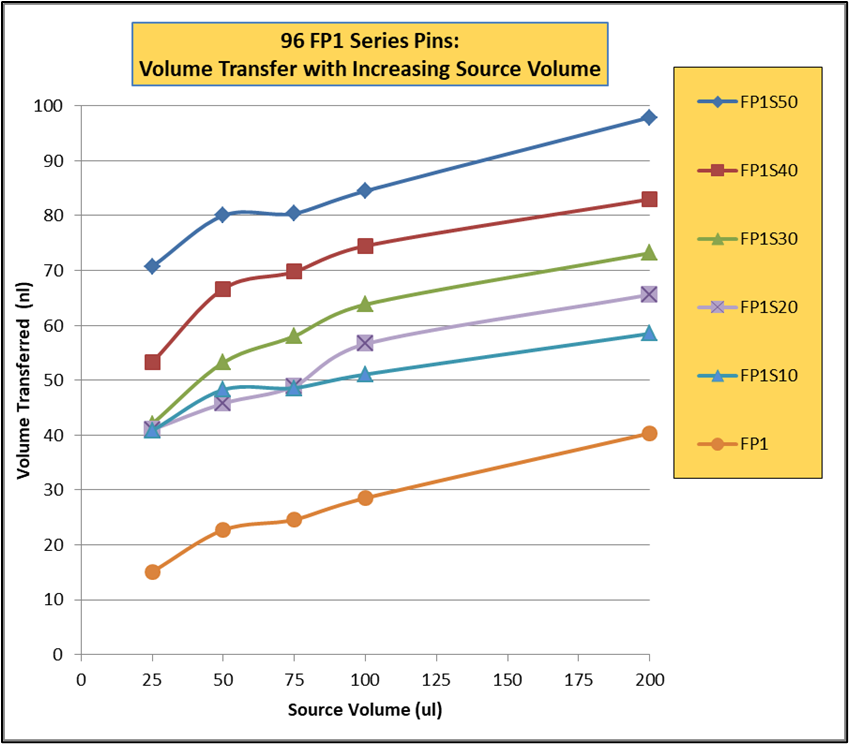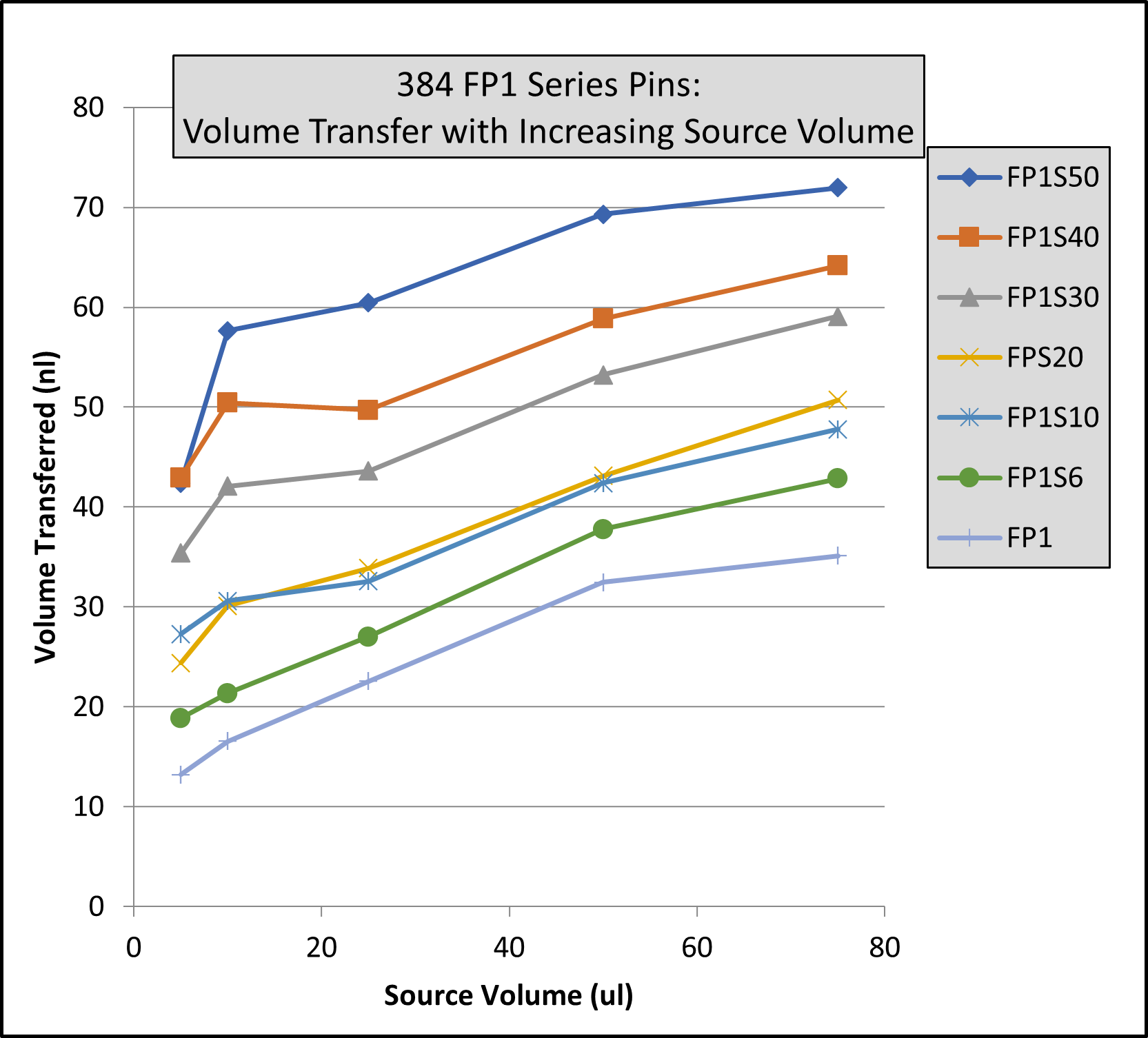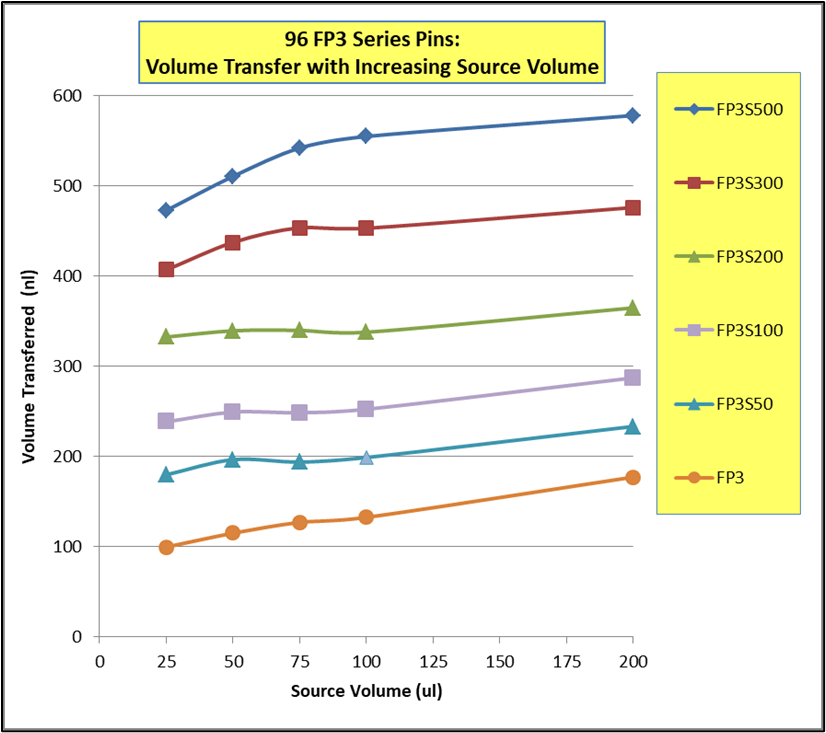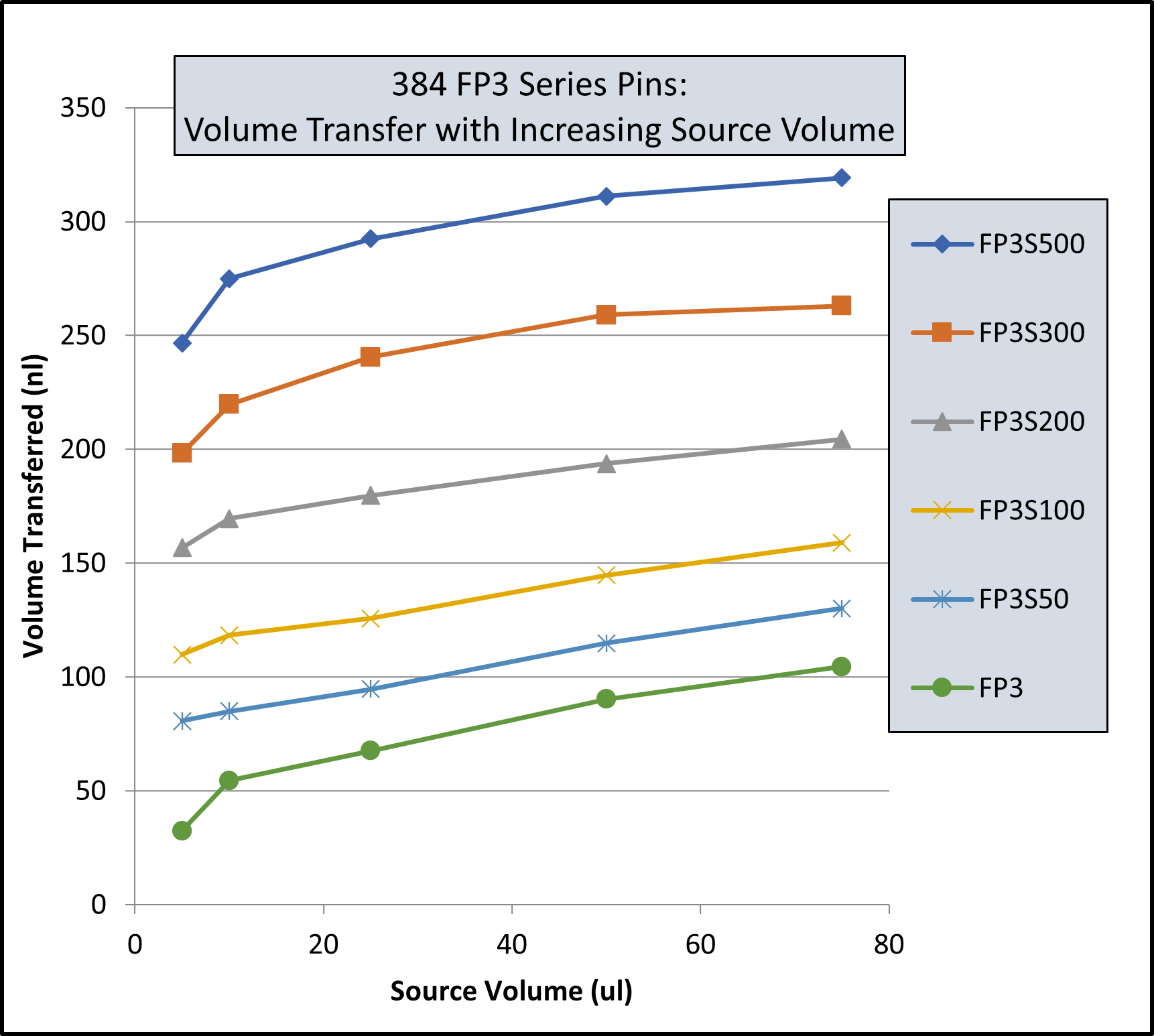STIRRER, Vertical, Lateral and Conventional Tumble, DC Motor, 1250 Max RPM, 25.4mm Long Stirring Area, 48 MGO NdFeB Magnetic Drive Cylinder, Connection Cord Outlet on side, 120/220 Volts, 50/60 Hz, CE Compliant
VP 710D3
MultiStirrus™ Tumble Stirrer, Manual Control
| Container Used | Bottles, Syringes, Tubes, Vials |
|---|---|
| Mode of Use | Benchtop, Robotic Pipettor |
| Control Type | Manual Control |
| Magnetic Cylinder Length | 25.4mm |
| Length | 54.40mm |
| Width | 54.40mm |
| Height | 196.9mm |
| Motor Coupling | Direct Drive |
| Motor Specs | Brushed DC |
| Power Supply Output | 24VDC, 4.17A |
| Power Supply Input | 120/220V |
| Frequency | 50/60 Hz |
| CE Compliant | Yes |
| Material | PVC |
| Magnet Strength | 48MGO |
| Max RPM | 1500 |
| Drive System | Tumble Stirrer |
The Multi-Stirrus System
The Multi Stirrus Systems can be used as Vertical Tumble Stirrers, Lateral Vortex Tumble Stirrers, and Conventional Magnetic Stirrers. A Vertical Tumble Stirrer causes stir elements of all shapes and sizes to tumble end over end inside several vessels. A Lateral Vortex Stirrer causes stir elements of all shapes and sizes to spin laterally within each of many vessels. A conventional Magnetic Stirrer causes one stir bar to spin horizontally in the center of a single bottle or vessel. The Multi Stirrus Systems are covered by USA Patent #6,176,609, USA Patent #7,484,880, European Union Patent #1,736,235 and German Patent #60 2006 026 122.5. V&P Scientific’s technology enables the user to use three different methods of mixing using the same machine. A Multi Stirrus System can be used as Vertical Tumble Stirrer to mix samples in several, microcentrifuge tubes, test tubes, vials, and syringes and to keep particulates in suspension in syringes troughs and reservoirs. A Multi Stirrus System can be used as a Lateral Vortex Tumble Stirrer to mix many samples in microcentrifuge tubes, test tubes, vials, and syringes. A Multi Stirrus System can also be used as a Conventional Horizontal Stirrer to mix a single bottle or vessel.
Advantages of the Multi Stirrus Systems
- Can stir in any vessel regardless of the size or shape
- Can stir in syringes to keep bar-coded beads in suspension for drop seq assays
- Complete stirring of large numbers of samples
- Can stir chemical reactions to speed completion
- Can run multiple experiments in parallel
- Will stir even 100,000 centistoke viscous solutions (6.6 times more viscous than honey)
- Will stir even thick slurries and emulsions
- Simple to operate, full-speed control
- Can set exact RPM for reproducible results day to day
- Designed to be compatible with most robotic systems
- Flexibility of stir deck alignment
- Custom designs are not a problem
- Available in 110-volt and 220-volt (CE compliant) versions
Multi Stirrus Mixing of Viscous Solutions
The ability to stir extremely viscous solutions, slurries, and emulsions is a very useful characteristic of the V&P Multi Stirrus System Stirrers. Our Multi Stirrus System Stirrers and Stir Elements have the ability to mix even solutions of 100,000 centistokes (6.6 times more viscous than honey).
V&P Scientific’s Unique and Patented Vertical Tumble Stirring Systems Applications
Multiple Tube or Microplate Stirring |
|
Microplate Vertical Tumble Stirring |
|
Heating/Cooling With Vertical Tumble Stirring |
|
Reservoir Vertical Tumble Stirring to keep Particulates in Suspension |
|
Vertical Tumble Stirring Applications |
|
Magnetic Field Strength versus Distance from the Alligator Magnetic Tumble Stirrer Deck
However, as a safety factor, we recommend that people with pacemakers keep at least 36″ or 91 cm from the Alligator Vertical Tumble Stirrers and the Vortex Lateral Tumble Stirrer. V&P does not make any claims in regard to the validity of the 5 gauss threshold for deactivating implanted medical devices. The 5 gauss magnetic field is a guideline to avoid risks associated with magnets and implanted medical devices such as pacemakers. For more information, please consult your physician. We try to position the magnet as close to the deck as possible given the constraints of the magnetic cylinders and deck design. Note the distance between the magnet surface and the surface of the deck varies for each magnetic tumble stirrer design and thus the gauss levels at the surface of the deck vary.

